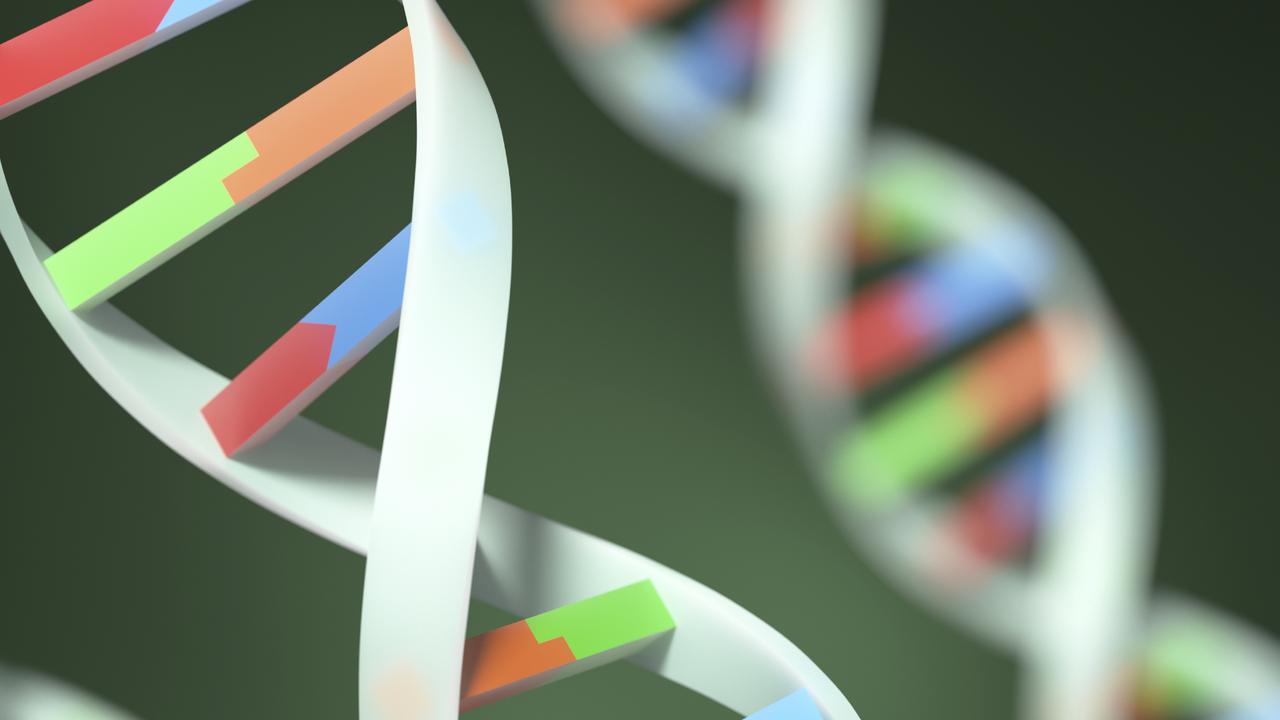Clean team debugs smelly car seats
CHITOSAN, a processed form of the chitin derived from the outer shells of crustaceans, may be the answer to enhancing fabrics used in cars so they stay odour-free for longer.
CHITOSAN, a processed form of the chitin derived from the outer shells of crustaceans, may be the answer to enhancing fabrics used in cars so they stay odour-free for longer.
Rajiv Padhye, discipline head, higher education at RMIT University's school of fashion and technology, and doctoral student Saniyat Islam are working on a project to improve the material used to upholster car seats.
Chitosan can be used to create films that bind or seal surfaces, which gives it wide application in industries including photographics, cosmetics and food.
It it also has anti-microbial properties. This makes it ideal for use in surgical dressings and sutures, but for the purpose of Padhye's research, the anti-microbial quality helps kill the bacteria that create bad odours.
"Because chitosan has this inherently anti-microbial property, we want to use that in conjunction with the odour on automotive seat covers because they are hard to clean," Padhye says.
He and Islam added strawberry oil and chitosan to 100 per cent polyester woven automotive fabric, with excellent results.
Ahead are more laboratory tests, then, working with car manufacturers, industrial-scale trials that could run for six to 12 months. This is to ensure that the beneficial effects endure for a significant time.
According to Padyhe, using fabrics modified with chitosan and perfume would not necessarily boost car prices.
"Chitosan is not that expensive, it's just adding value," he says.
He hopes to go on improving car fabrics. "We are also looking at how stains could be repelled; perhaps a nano-coating of something with the lotus leaf effect, that repels liquid. The only thing is we want to make sure that by adding it in we don't lose the anti-smell and anti-microbial effect."



